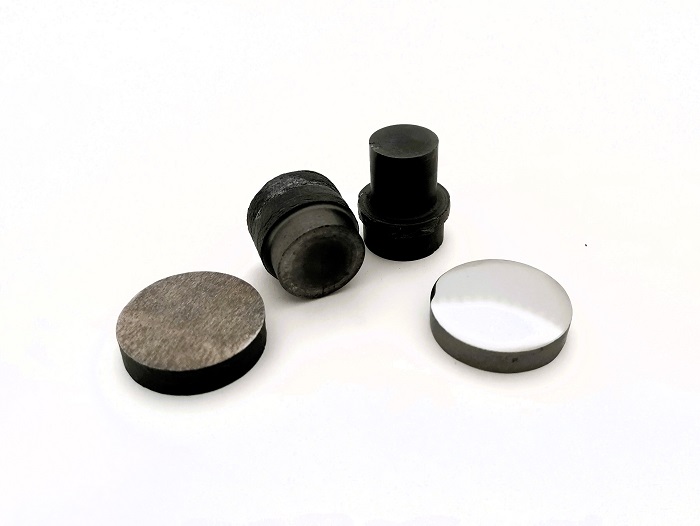
It is extremely durable, it combines the best properties of metals and ceramics and can fly into space. Scientists from Łukasiewicz - Poznań Institute of Technology have just developed a new, cheaper and faster method of producing the so-called MAX phase material.
The method is intended to allow for a much wider use of this material, for example in the aviation and space industry.
The MAX phase material has been known in the scientific community for about 20 years, but has not yet been produced on a large scale. Its production was very expensive, and available technologies did not guarantee pure material.
MAX phase is the name of highly advanced materials that take the form of nanolaminates, i.e. layered materials on the scale of atoms. The alternating combination of layers characteristic of metals and ceramic materials gives them the best properties of both groups of materials, without their disadvantages.

MAX phases are produced in the form of powders or sintered materials and then processed to obtain the designed element. They have exceptionally attractive properties: they withstand extremely high temperatures, are resistant to corrosion, oxidation, friction, X-ray radiation and many others, which is why they are used in very demanding places and industries.
The new technology developed at Łukasiewicz - Poznań Institute of Technology makes it possible to obtain MAX phases faster and cheaper. Their production process is 90 percent shorter, takes place at 20 percent lower temperature than before, and consumes 80 percent less energy.
On a laboratory scale, it can produce several hundred grams of finished material in about two hours. According to the creators of the new method, achieving such efficiency makes it possible to move the product to commercial sale.
'It is interesting and innovative. It contains the best of ceramics and metal. It conducts electricity and heat well, it is resistant to high temperatures, has high hardness and compressive strength,’ says Dr. Dariusz Garbiec, deputy director of Łukasiewicz - Poznań Institute of Technology and creator of the new method of producing the material.
'But it is not a composite. It has a layered structure: it is a nanosandwich composed of layers of atoms, with metallic, but also covalent bonds,’ he adds.
He explains that the pandemic contributed to the development of the new method. Scientists from Łukasiewicz - Poznań Institute of Technology ordered MAX phase materials for their own research, but the product they received was not pure (it contained only about 30 percent of the MAX phase) and did not meet their requirements. So they decided to produce it themselves - the amount of the MAX phase in their material increased to 80 percent, and it turned out that the new method was simpler, faster and cheaper than those used before.
The material is in the form of a graphite-coloured powder. It is also available as a sintered cylinder that can be processed into any shape. Due to its properties, it can be used in extreme conditions, for example in rockets, airplanes and high-speed railways. It can also be used to produce machine construction parts, e.g. engine nozzles, valves, connectors, and coatings.

The MAX phase has already passed tests that allowed it to be used in space technologies. It can be used, for example, in the future European rocket.
Currently, one kilogram of powder costs PLN 7,000.
'We have already filed a patent application. We are also talking to potential investors,’ says Dr. Garbiec. 'In our laboratory, we can produce 2-3 kg of powder per month. We want to launch a technological line that will allow us to increase production.’
The researcher notes that the MAX phase material is not a finished project yet. The MAX phase is a group of atoms that can have dozens of different combinations. Therefore, further research is being carried out at Łukasiewicz - Poznań Institute of Technology on further materials of this phase.
Katarzyna Czechowicz
kap/ bar/ kap/
tr. RL













